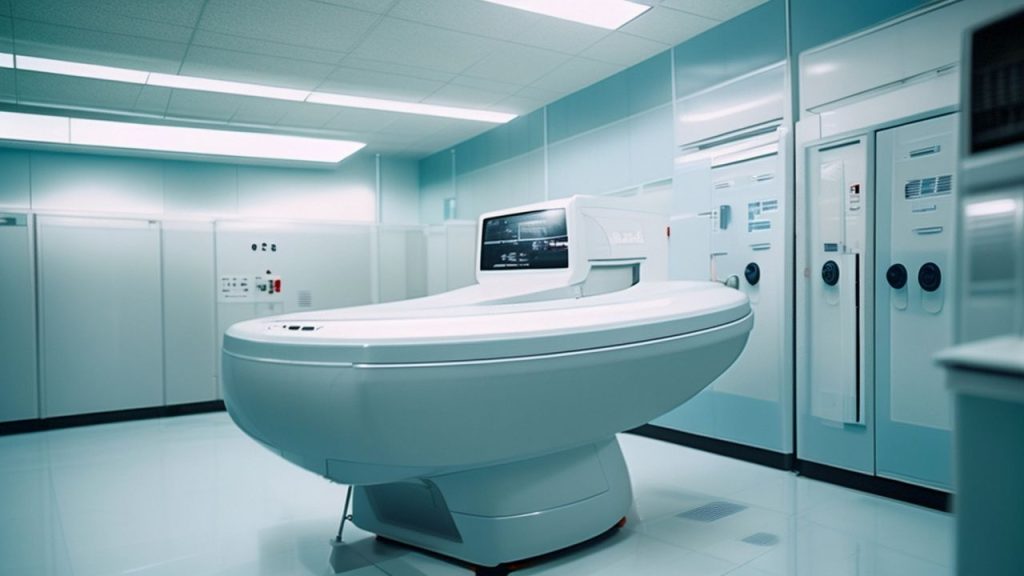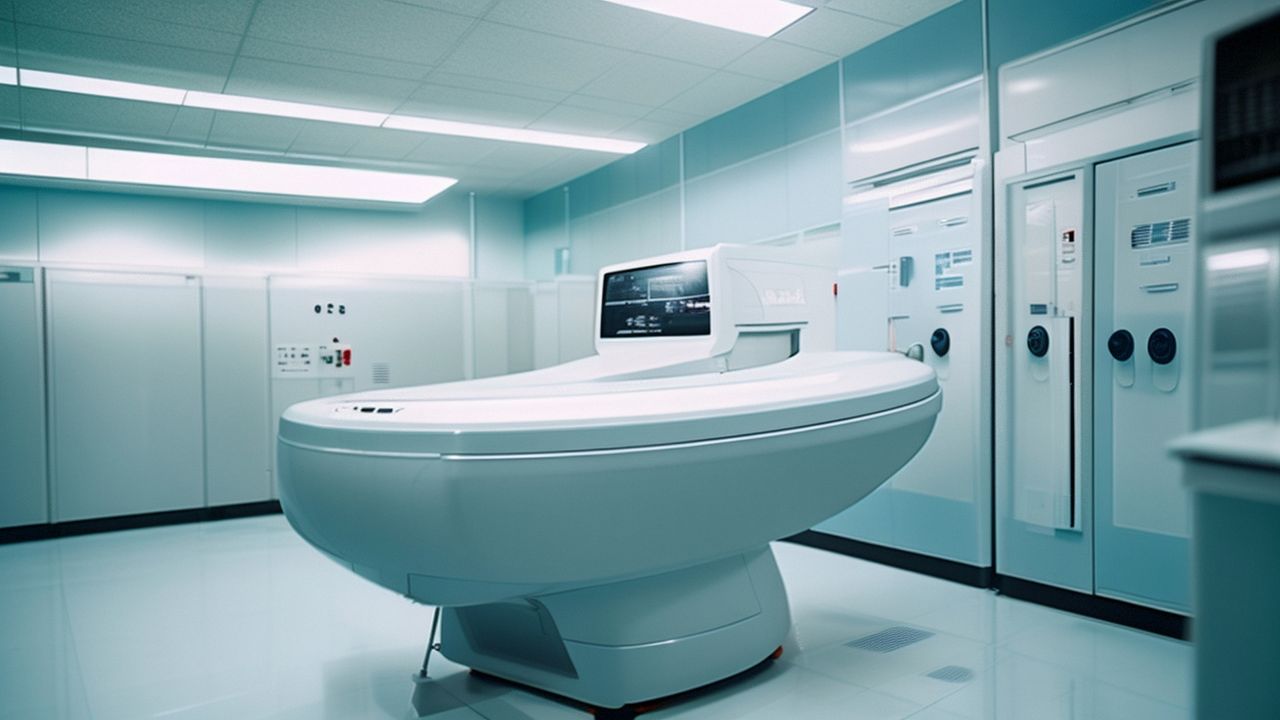Liver Cancer Diagnosis
1.Early-stage Liver Cancer Diagnosis:
Early-stage liver cancer (small hepatocellular carcinoma) often lacks obvious symptoms. How can early detection of liver cancer be achieved before symptoms appear? The main methods include measuring serum alpha-fetoprotein (AFP) and using B-mode ultrasound examination. Regular screening, monitoring, and physical examinations for high-risk populations, such as residents in high-incidence areas, patients with a history of chronic hepatitis, family history of liver cancer, and liver cirrhosis patients, can help detect small hepatocellular carcinomas.

In addition to medical history, the main diagnostic method is measuring AFP levels, which have a diagnostic accuracy of about 70%. B-mode ultrasound (real-time ultrasound) examination of the liver is accurate, convenient, economic, and non-invasive, and can detect the presence or absence of tumors in the liver, as well as their size, number, location, and relationship with adjacent structures.
It’s essential to consult a healthcare professional for regular check-ups and appropriate diagnostic tests if you belong to a high-risk population or suspect you may have liver cancer. Early detection and diagnosis can improve the chances of successful treatment and recovery.
2.Liver Cancer Diagnosis:alpha-fetoprotein (AFP)
When liver cells become cancerous, the level of alpha-fetoprotein (AFP) gradually increases. AFP can be detected in the serum, ascites, or hepatocellular carcinoma tissue extracts of patients. In addition, AFP can also be detected in the serum of patients with testicular tumors, ovarian teratomas, and a few other tumors such as gastric cancer and lung cancer. The serum AFP levels of pregnant women and some patients with acute hepatitis and liver cirrhosis may also mildly increase. However, these conditions usually return to normal after delivery and improvement of hepatitis.
Among patients with liver cancer in China, about 60% to 70% have higher AFP levels than normal. If the AFP level remains higher than 400ng/ml for a month or 200ng/ml for two months, without evidence of active hepatitis, and excluding pregnancy and reproductive tract embryonic cancer, a diagnosis of hepatocellular carcinoma can be made. The false-positive rate for this diagnosis is about 2%.
It should be noted that although AFP testing has a certain reference value for the diagnosis of hepatocellular carcinoma, it is not absolutely reliable. To ensure the accuracy of the diagnosis, doctors usually combine other examination results (such as B-ultrasound, CT, MRI, etc.) and the clinical manifestations of patients for a comprehensive judgment. Early detection, early diagnosis, and early treatment are crucial for improving the survival rate and quality of life of patients with hepatocellular carcinoma. If there are doubts, please consult a doctor in time and follow their advice.
3.Liver Cancer Diagnosis:B-ultrasound imaging
B-ultrasound imaging can determine whether there are any occupying lesions in the liver. With a good ultrasound machine and a thorough examination by an experienced physician, cancers with a diameter of 1cm can be detected. It can also differentiate between cystic and solid occupying lesions, understand the relationship between liver cancer and important blood vessels in the liver, and detect the spread and infiltration of liver cancer within the liver and adjacent organs. Additionally, it can display whether there are tumor thrombi in the portal vein and its branches within the liver.
4.Liver Cancer Diagnosis:CT and magnetic resonance imaging scans
CT and magnetic resonance imaging scans are important methods for further diagnosing liver cancer. CT is one of the most sensitive methods for detecting liver cancer, and with appropriate enhancement techniques, the detection rate of lesions can be over 90%. However, CT still faces certain difficulties in diagnosing small hepatocellular carcinomas, isodense hepatocellular carcinomas (where the density of the cancerous tissue is equal to that of the normal liver tissue), and atypical hepatocellular carcinomas, and a comprehensive analysis of other examinations should be combined for diagnosis.
4.Liver Cancer Diagnosis:Magnetic resonance imaging (MRI)
Magnetic resonance imaging (MRI) can serve as an auxiliary and complementary means for CT diagnosis. Some patients require obtaining small biopsy samples through fine-needle aspiration or laparoscopy for pathological diagnosis, which helps to formulate treatment plans. When liver lesions are found, it is important to differentiate between them and the following diseases: such as liver hemangioma, liver angiosarcoma, liver cysts, liver tuberculosis, metastatic liver cancer, and liver parasitic diseases.

